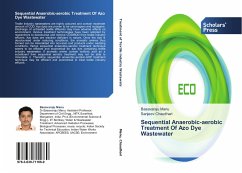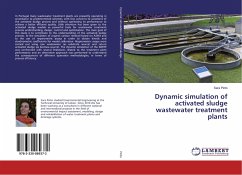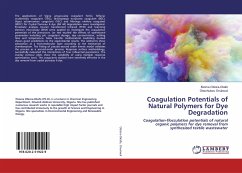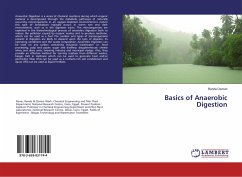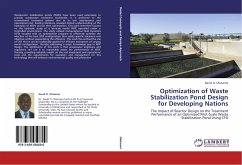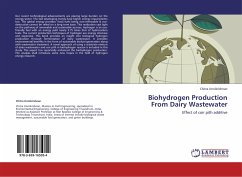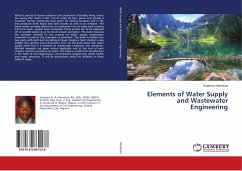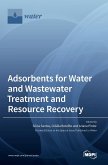Textile Industry wastewaters are highly coloured and contain moderate amount of COD. Azo dyes are proven to be carcinogens and mutagens. Discharge of untreated textile effluents may have adverse effects on environment. Various treatment technologies have been adopted by researchers to decolourise and remove COD/BOD from textile industry effluent. Azo dyes are electron deficient in nature. Once the dye is decolourised under reducing conditions, the aromatic amines thus formed can be mineralized into non-toxic end products under oxidizing conditions. Hence sequential anaerobic-aerobic treatment technique seems to be efficient and economical for azo dye containing textile industry wastewater. If aromatic amine contain sulfonic acid as a substituent then sequential aerobic treatment may not be able to mineralize it. Therefore sequential anaerobic-aerobic-AOP treatment technique may be efficient and economical to treat textile industry effluent.
Bitte wählen Sie Ihr Anliegen aus.
Rechnungen
Retourenschein anfordern
Bestellstatus
Storno

